A total of 143,370 tons of poultry meat were produced in Iran’s official slaughterhouses during the first month of the current Iranian year (March 21-April 20), registering a 27% fall in output compared with last year’s corresponding period and a 21% decrease compared with the previous month.
According to the Statistical Center of Iran, chicken accounted for 143,155 tons, or 97.1% of the total production.
The production of other types of poultry, such as turkey, quail, ostrich and partridge, stood at 4,215 tons, accounting for 2.9% of the overall output during the period under review.
The poultry industry is one of the most important sub-sectors of the agricultural economy in Iran whose output hit $10 billion annually. The industry produces about 2.65 million tons of chicken meat worth $6 billion per year, which ranks first among the top 20 products of Iran’s agriculture sector.
In addition, 1.5 million tons of eggs (worth $3 billion) are produced in the country annually which, together with chicken meat, create an added value of $5 billion and play an important role in the country’s gross domestic product.
Poultry industry and its related supply chain have been developed in the country during the past 60 years, thanks to the latest technologies; it has become one of the most modern industries in the country.
“As hundreds of thousands of skilled workers are employed in this sector, it has the highest employment rate among all the industries of the country. Most importantly, when it comes to food security, which is the main concern of all governments in the world, the poultry industry shoulders the main burden of providing protein; it has been able to achieve a per capita consumption of 30 kilograms of chicken meat for the 85 million people of our country,” Reza Mobser and Farrokh Qobadi, economic analysts and poultry market players, wrote in an article for the Persian economic daily Donya-e-Eqtesad.
Yet, the industry has turned into a loss-making industry under the pressure of mandatory pricing and is losing job opportunities at an increasing rate, they said, adding that the number of chicken farms that have gone bankrupt in recent months has been unprecedented.
“The misguided and wrong policies of Agriculture Ministry, and government-mandated pricing in particular, have adversely affected the economy of the agriculture sector … The method of pricing chicken after the discontinuation of subsidized import policy [in May 2022] — the so-called ‘economic surgery’ — is a clear example of the destructive measures of the government. This is a very clear example in a $10 billion industry that has an effective role in creating food security, stable employment and gross domestic product with an added value of more than $5 billion, which today has lost at least 10% of its last year’s capacity,” the article said.
A look at the main index of this industry, i.e., day-old chicken production, shows that we will face a 20% decrease in chicken meat production in the first quarter of FY 2023-24 compared with the corresponding period of last year. That is synonymous with the decline in GDP, employment, per capita income and the persistence of the cycle of poverty as well as the shortage of chicken meat in a country that has an annual export capacity of 700,000 tons of the same product, they concluded.
You are here
May 23, 2023 20:03
0
Major Decline in Poultry Output
You can also read ...
Subscribe to our daily newsletter.
More from DEN Media Group:
© Financial Tribune Daily and Contributors 2014-2018



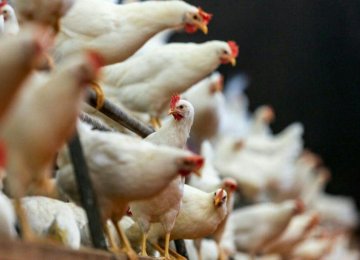

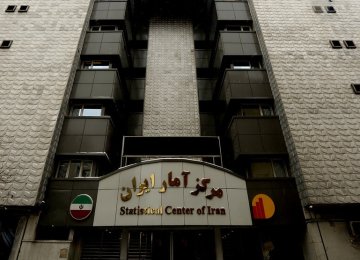
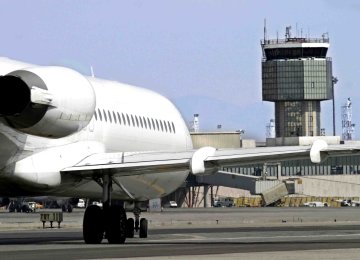
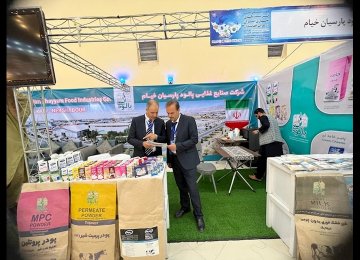


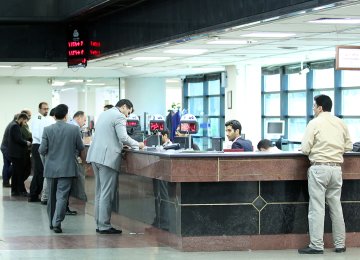


Add new comment
Read our comment policy before posting your viewpoints